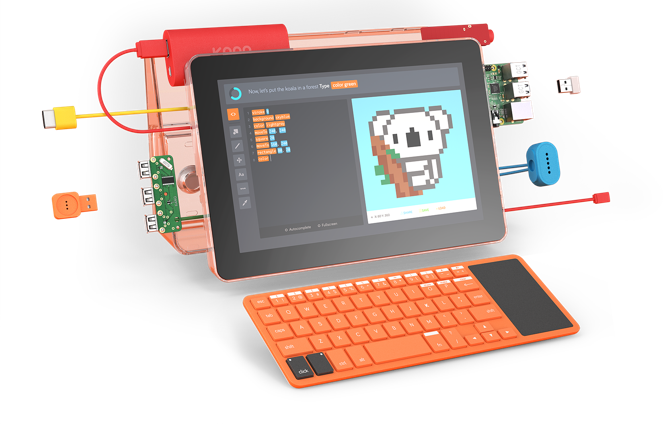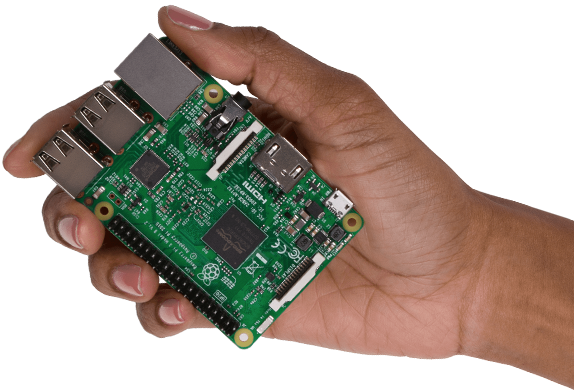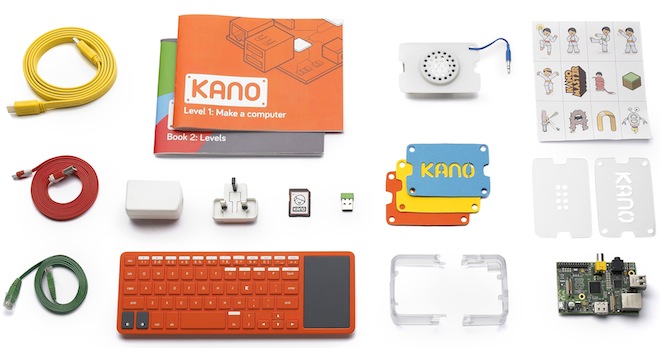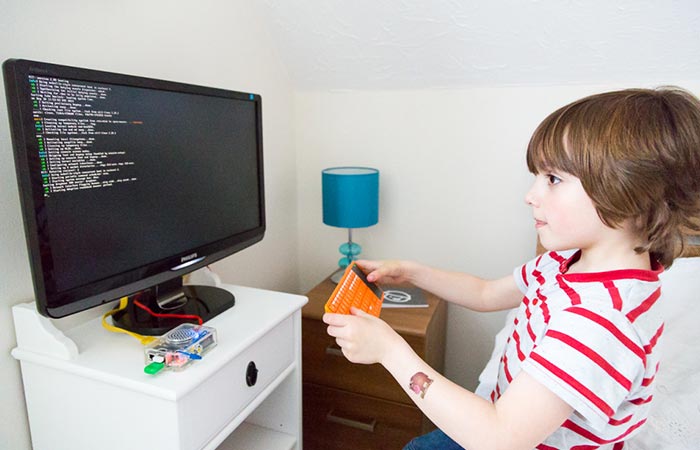Today’s kids are growing up in a world more crammed full of technology than anyone could have dreamed of a mere 20 years ago, when things on the internet were all still prefixed with “cyber” and decent desktop computers were for those with large-framed spectacles and deep wallets. Today, 38% of kids under the age of 2 have used a mobile device for media of some sort, and 56% of those in the 8-12 age group have some mobile device. This trend goes on into preteens and teens, where 91% of teens aged 13 to 17 access the internet on mobile devices, statistically speaking, often enough.

With this trend of kids being exposed to technology and computers earlier than ever before, safety concerns come to the fore: the internet is a great place for certain safe content, but it’s also a veritable cesspool of things no child should ever see. What of media and computing consumption then? Kids are much more likely to just consume content passively, and that’s bad for their development — lack of reasoning skills, logic and one-dimensional imaginations are all symptoms of passive technology consumption. So how is this problem being tackled? .
The Raspberry Pi as Lego

The team behind the crowdfunded “Kano computer” wanted to allow kids to learn whilst using a computing device, so they designed a package that builds like Lego, but teaches programming skills. The Kano is based on a Raspberry Pi, the wildly popular credit-card sized computer that costs about R500. Whilst the Raspberry Pi itself is aimed at hackers and hardware enthusiasts, Kano offers the Pi with a specially designed case, a wireless keyboard/mouse combo, a speaker plugin and a really comprehensive manual that makes it easy for kids to set up.

Most importantly, the whole kit is designed so any kid aged 6-12 that’s ever played with Lego and can understand a user manual (which kid hasn’t?) will have an intuitive understanding of how to put it together and start it up. Once it’s on, the Kano comes with a coding kit, basically a kid-friendly API set and a bunch of applications which teach kids how to code. That in itself might sound boring, but they’ve designed lessons so that the code creates something fun and entertaining at the end of it: an achievable goal to code towards.

Kano over TV?
Building up a Kano and messing around with the coding tools will definitely be better than passively watching TV: creating your own programs is an excellent way to get young kids started with the fundamentals and logic of programming, whilst keeping them occupied and entertained. The chief goal, of course, is to make coding “fun enough” for kids that they’d build a lifelong interest in computer science, and eventually go after a career in computer science or engineering.
That’s why the new wave of DIY computers repurposed from core hacker and maker niches into something for the younger, more tech-savvy generation is the smart way. It takes hardware that’s technical in and of itself, and lowers the barrier to entry dramatically, letting primary school kids build a passion for the world of computer science and engineering that was previously just “geek territory”.

This sort of passion is what’s needed in South African youth, plus the relatively low cost (compared to, say, a regular R3000+ laptop) means that it’s more accessible to more educators even in more rural areas. Kids in South Africa have the enthusiasm and the talent, they often just aren’t given the equipment or the opportunity to show it. Hence if you’re wondering whether South Africa has access to this product, the answer is yes. You can grab one on the local site if you’re interested.
Would you buy a Kano (for your kids to learn)? What are the prospects of such a device in this country? Comment with your views on this article in the comments section below, and follow Hyperion Hub developments in the future if you’d like to see more articles like these for the South African market.
Author: Matthew de Neef
Date originally published: 01/12/15


